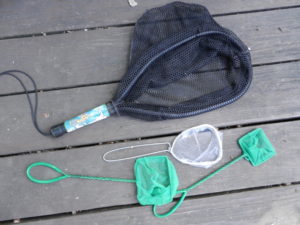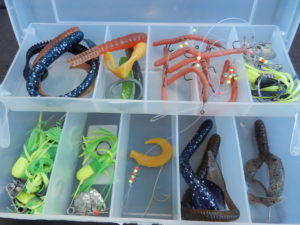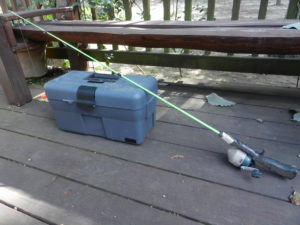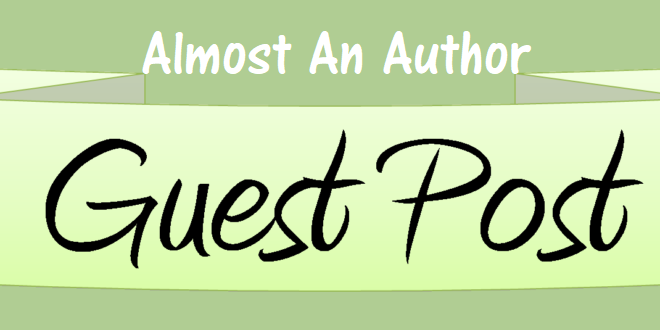By Sarah Zuehlke
Magazines. They come in a never ending stream of styles and forms. In spite of the push to move everything into the digital realm, you can still find a magazine on just about anything: fishing, hiking, sports, science, and even rare pets. So now comes the fun part, have you ever wanted to write a magazine article? Most likely the process seems daunting, but with a little help from the good sport of fishing, your magazine article will be just what you were hoping for. Today we are going to look at hooking your audience.
The first thing in our proverbial tackle box is a net. Nets are important because they can cover a specific target area. You need to know who you are writing for, so research your audience. For example, if your magazine article is for kids, pick age appropriate sentences and vocabulary. Don’t throw in complex hard to understand sentences. If your article is aimed for scientists or engineers do some research on technical terms they might use. Once you know the audience you intend to write for, begin crafting your article. If you were fishing you would find out what kind of fish you were looking for before you started, and pick a net accordingly, otherwise you wouldn’t know how to catch them and you just might lose your fish.
A good example of an article written for a specific audience is in the 2016 July/August issue of Tropical Fish Hobbyist where there is an article about Freshwater Filtration. This article, written by Kate Barrington, describes the numerous types of filters in the aquarium hobby as well as the importance of the right kind of filter. This article is written for a specific audience, tropical fish hobbyists. If the reader were completely new to the hobby they might become a little lost, but someone interested in the subject will enjoy the details. However, the author correctly researched for the appropriate target audience. I am a tropical fish hobbyist, and I found myself being hooked by the author’s research, which was informative and well written.
Going back to our tackle box, the second thing we need is bait. You want the people that read your article to go for the bait and take it. If the article begins on a boring note or has no interest to them they will pass over it. A fish will often completely ignore the wrong bait. Think of an exciting way to start your article. You want that first sentence to draw in your audience. If you are writing about puppy training start off with a cute story, then slowly weave in training advice. Or maybe you are writing about an experience that happened to you. If that is the case, start off with the most exciting part, then back track to the beginning and lay out how it all happened.
to our tackle box, the second thing we need is bait. You want the people that read your article to go for the bait and take it. If the article begins on a boring note or has no interest to them they will pass over it. A fish will often completely ignore the wrong bait. Think of an exciting way to start your article. You want that first sentence to draw in your audience. If you are writing about puppy training start off with a cute story, then slowly weave in training advice. Or maybe you are writing about an experience that happened to you. If that is the case, start off with the most exciting part, then back track to the beginning and lay out how it all happened.
In the June 2009 issue of National Geographic there is an article about river dolphins. The author, Mark Jenkins, hooks the audience by colorfully describing the way the dolphins swim in the rivers of the Amazon, then precedes to get to the main points of the article. From the first sentences I found myself captured by the descriptions and interesting facts. If you have the right bait you will be able to catch the right fish. The same goes for writing, if you get the reader interested they will be sure to read your article and enjoy it.
Lastly, near our tackle box is our dependable fishing rod. The rod not only holds the bait; it can bring the bait to life from the movement of the rod. A great way to hook your audience is to write about something totally new, or even an old story in a new way. Maybe your topic has been trampled by uncountable authors but you have a different and new perspective. A novel perspective on an old topic can bring new life to a subject. Perception is important because every author brings a new perspective. It is the same for the fish. The same old bait comes to life when the fishing rod is moved about. There are endless possibilities of new and exciting news, information, and stories. So why not get your audience hooked by that no vel story idea for an article?
vel story idea for an article?
Writing a magazine article might seem impossible, but we can see from our fishing gear that it is not so difficult in the end. Next time we will return to our tackle box.
Bio: Sarah Zuehlke
Sarah Zuehlke, a budding fantasy novel and short story writer, greatly enjoys hiking and exploring the outdoors. When not tackling her insect collection, she co-writes with her brother on their fantasy book series. Additionally, she pursues her graduate degree in Entomology with University of Nebraska.






No Comments